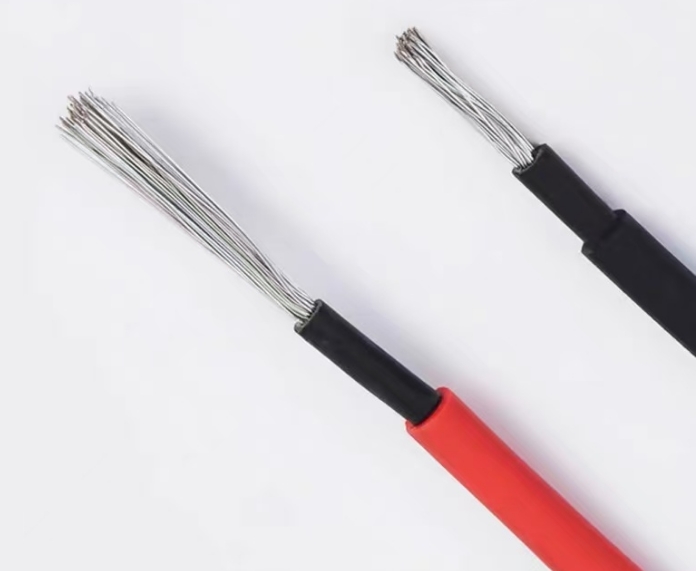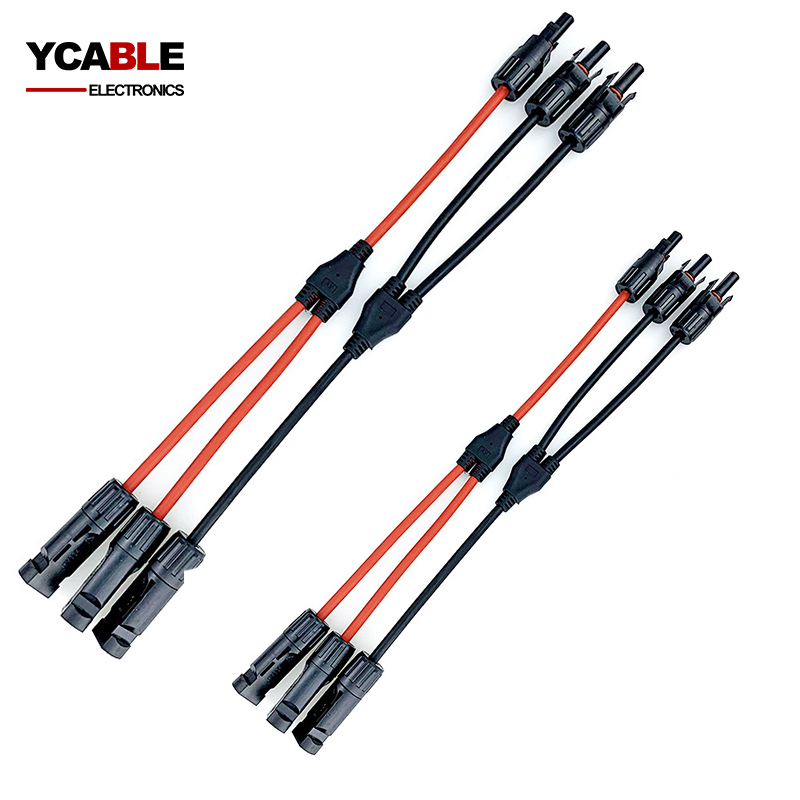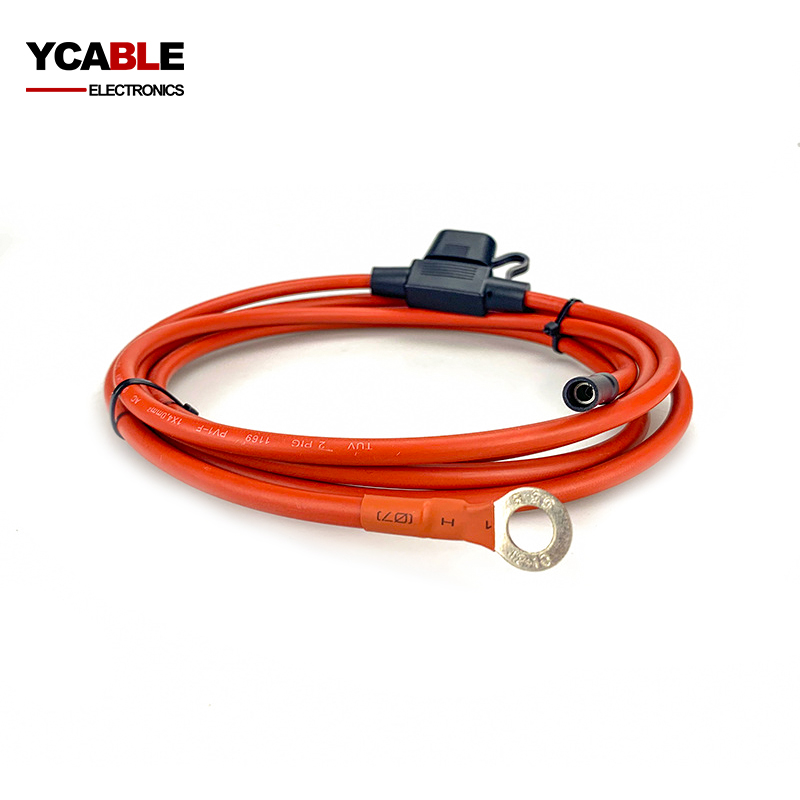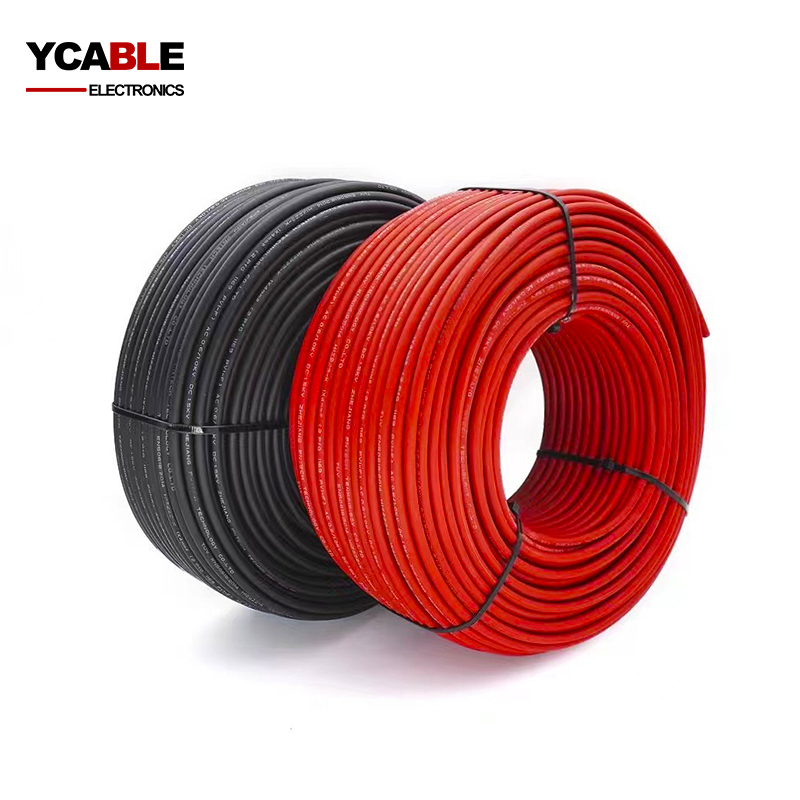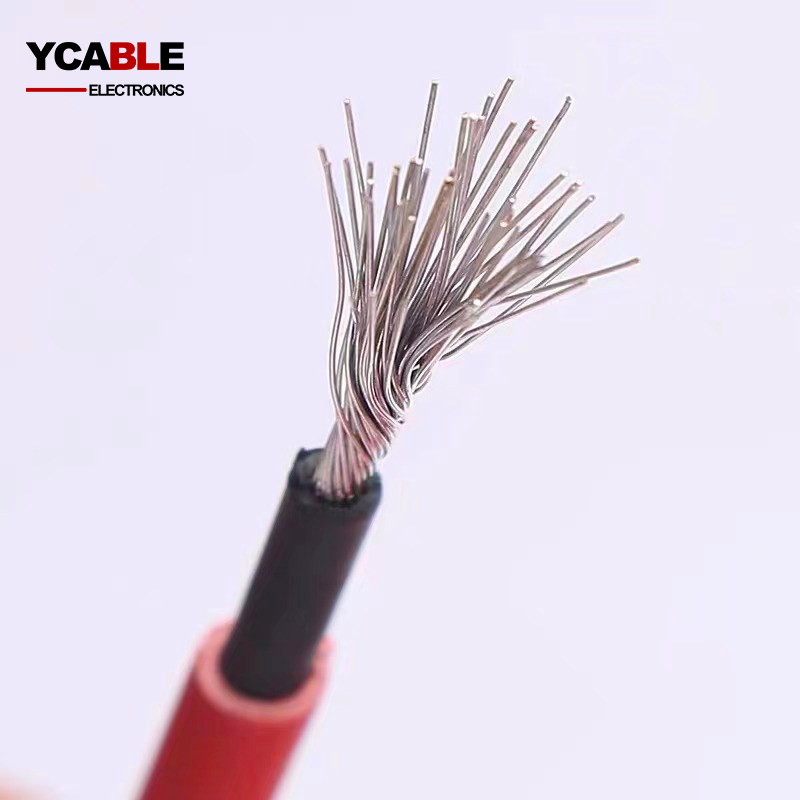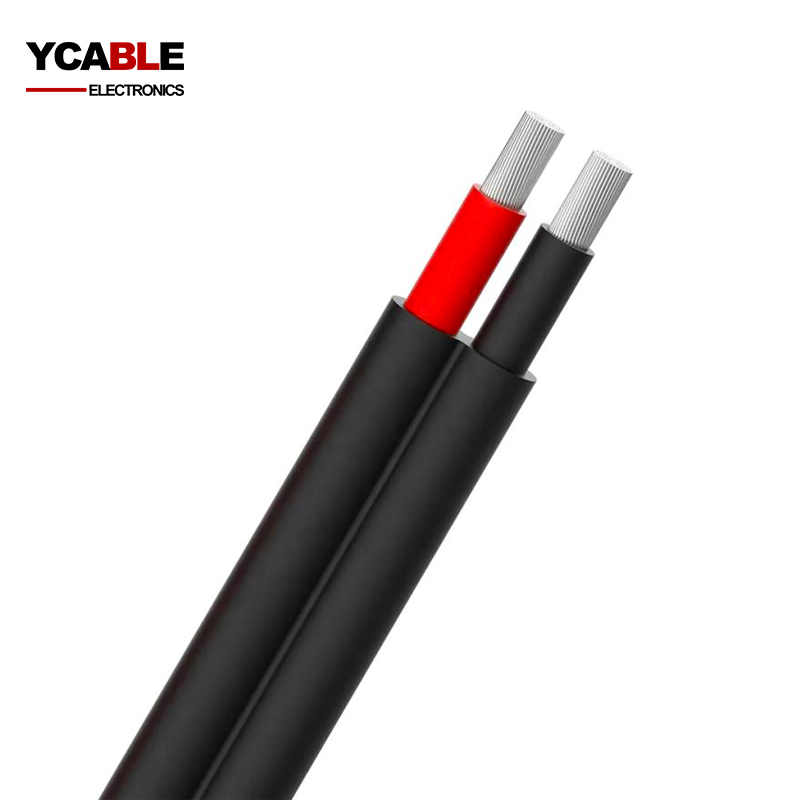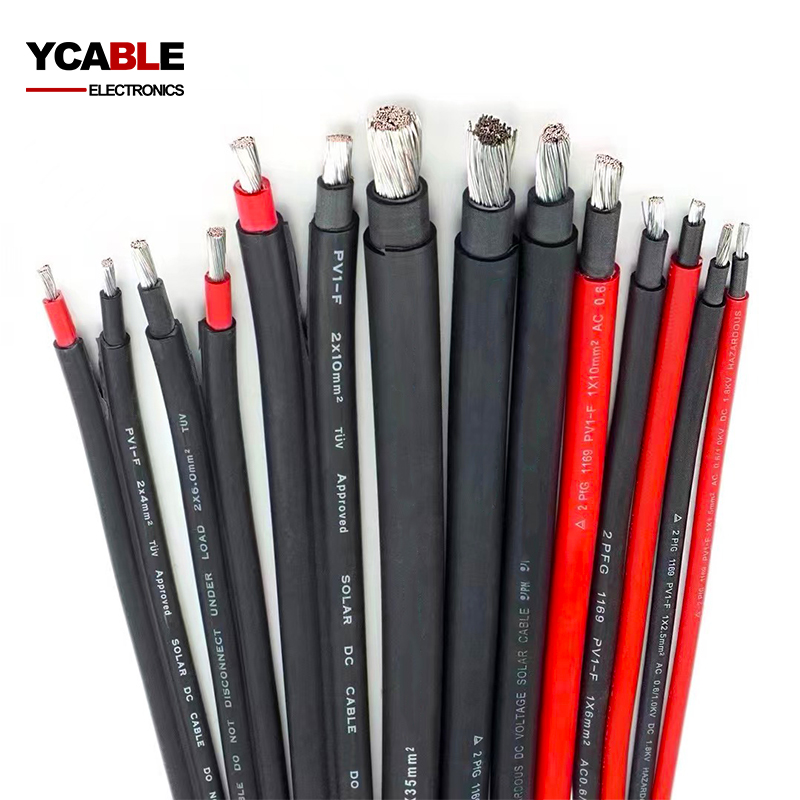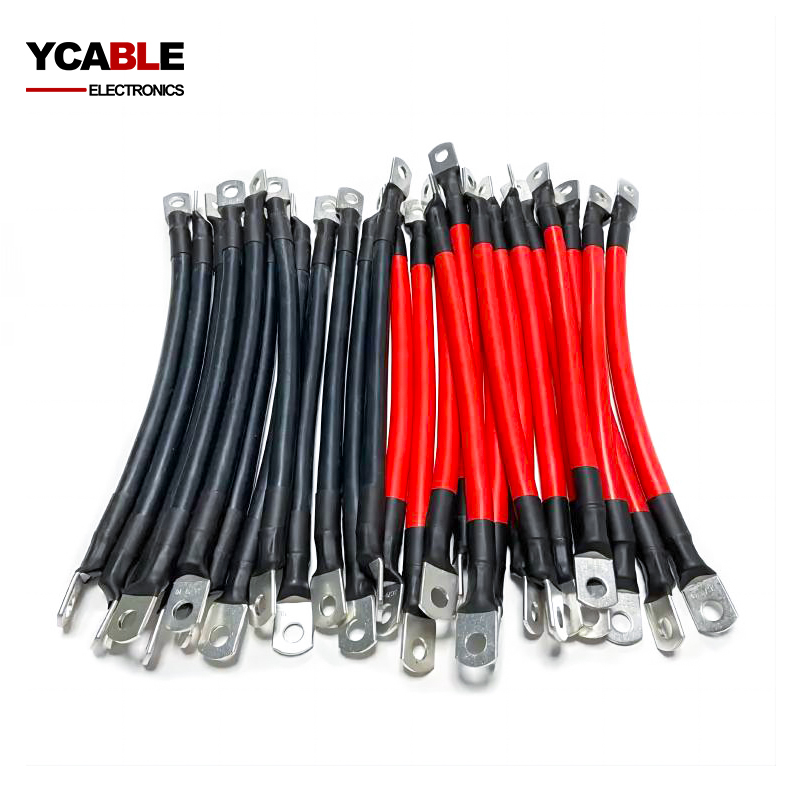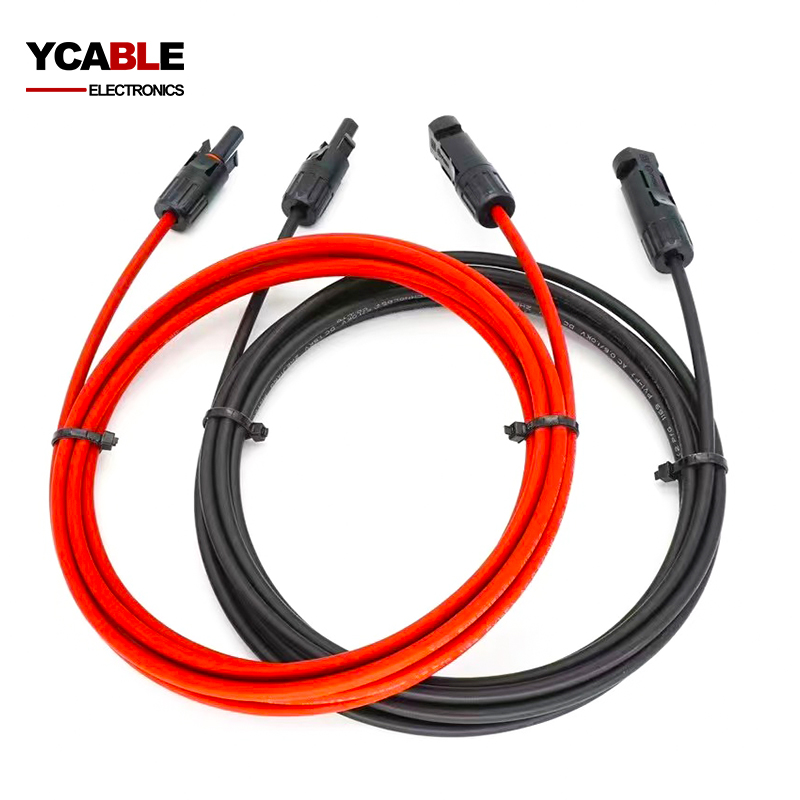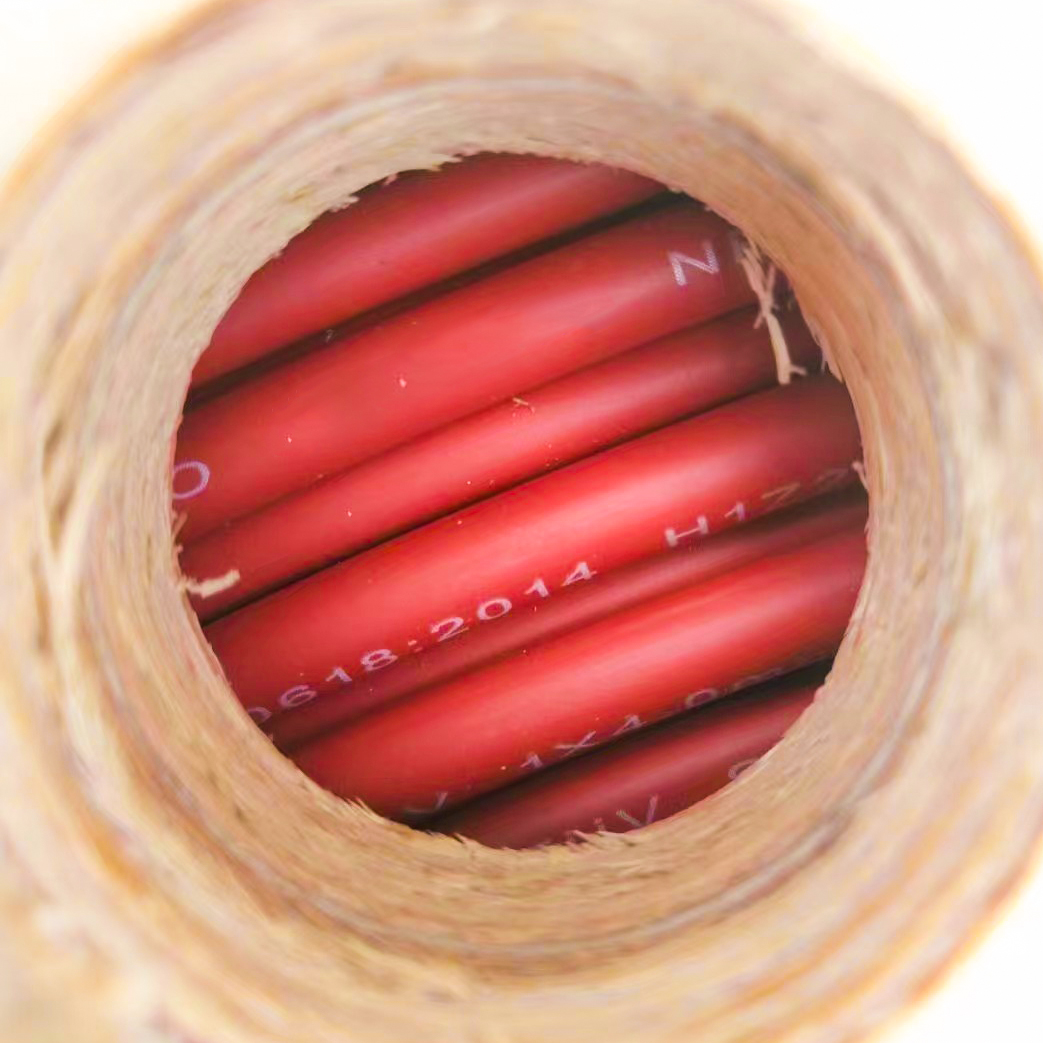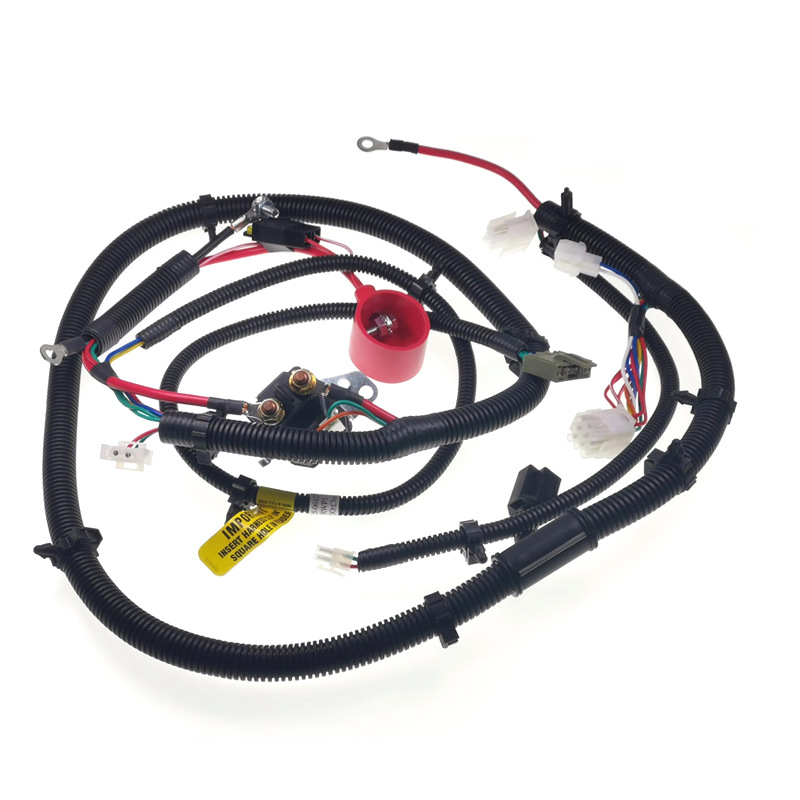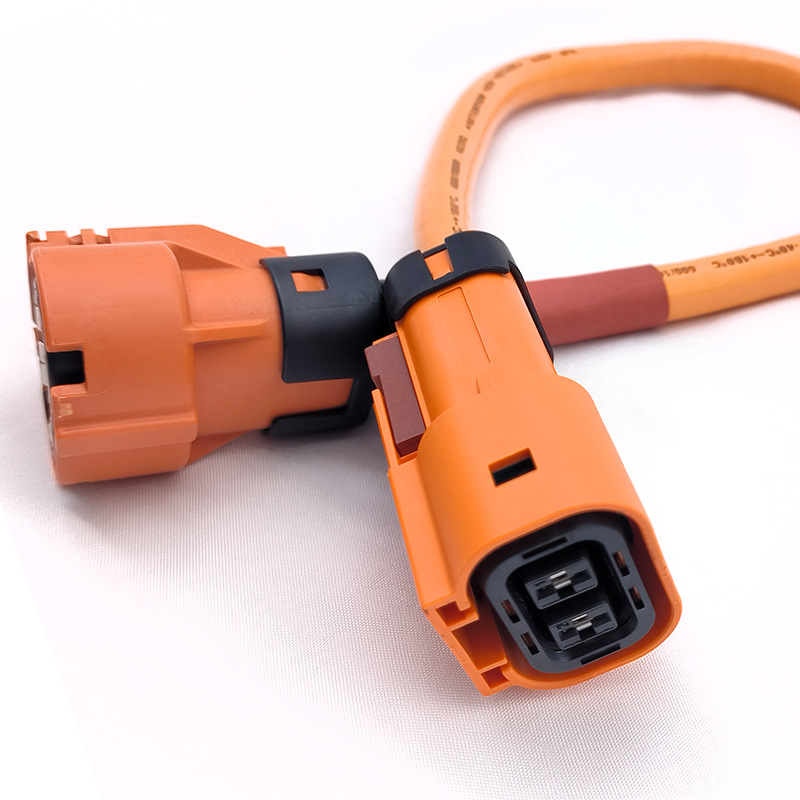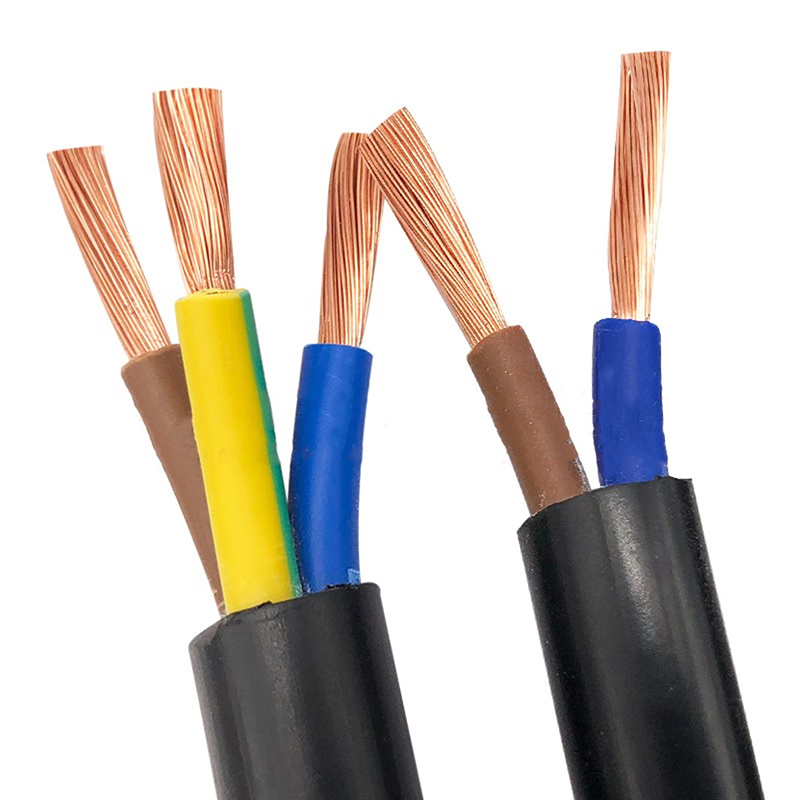PV cable
PV cable
Item Number:PV cable
- Model: Solar PV Cable
- Size: 1.5mm, 4mm, 6mm - 300mm, Custom
- Color: White/Blue/Black/Gray/Custom
- Insulation: XLPO, XLPE, PVC, Custom
- Shield: None
- Jacket: XLPE, PVC, Custom
- Packing: 305M(1000FT)/610M/1000M/Custom
- OD: Custom
- Conductor Material: Bare Copper, tinned copper
- Drain wire: None
Environmental Specifications:
Environmental Space – Non-plenum
Flame Test Method – UL
Installation Temperature – 0 °C to +120 °C
Operating Temperature – -20 °C to +120 °C
Temperature Rating – 120 °C
General Specifications:
Cable Type
Solar Cable
Conductor, quantity
1
Cable Component Type
XLPE, PVC,
Conductor Gauge, singles
1.5mm2-300mm2
Conductor Type, singles
Stranded
Characteristics:
- Conductor: Stranded tinned or bare copper, providing flexibility and corrosion resistance.
- Voltage Rating: 600V to 2000V DC, depending on the specification.
- Temperature Range: -40°C to +90°C (operating), can handle up to 120°C short-term.
- Insulation: XLPE or cross-linked polyethylene, offering UV resistance and durability.
- Flame Resistance: Complies with fire safety standards (UL, IEC).
- Weather Resistance: UV and ozone resistant for outdoor use. Certifications: UL 4703, TÜV, or IEC 62930, ensuring quality for photovoltaic systems.
- Outer Diameter: Typically around 5.5-6.0 mm.
- Current Capacity: Up to 40A, depending on installation conditions.
- Low Smoke Emission: Suitable for safety-critical applications.
Generally, A solar cable is a specialized wire designed to connect and transfer energy in photovoltaic (PV) systems. Key attributes include UV resistance, weather durability, and high voltage tolerance, ensuring safe and efficient power transmission between solar panels, inverters, and batteries.
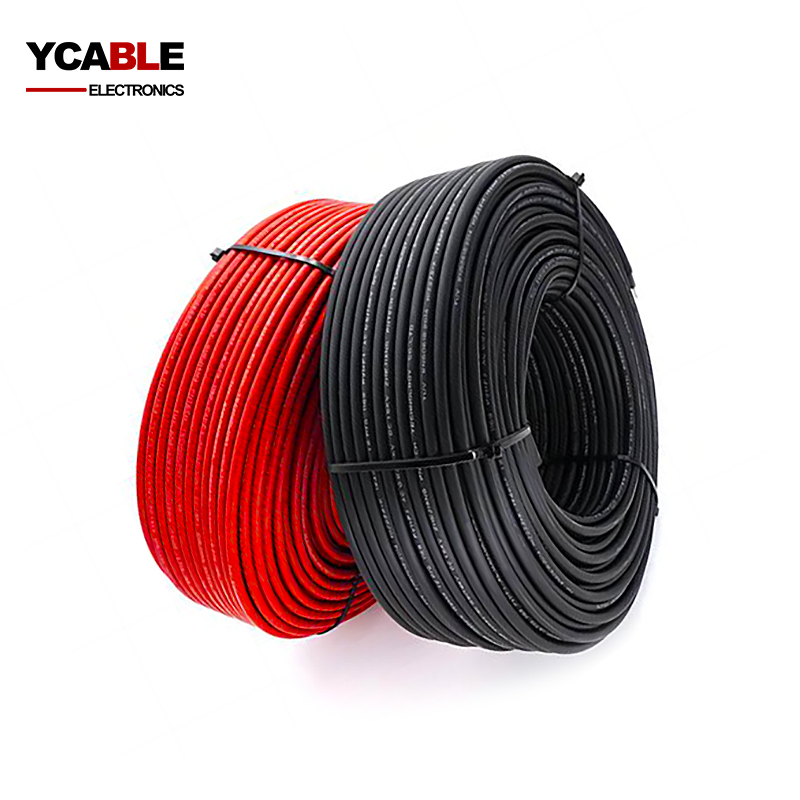

Categories
Solar PV Cable
| Electrical Specifications | |
| ITEM | Solar PV Cable |
| Cross-Section Area | 5.26mm2 |
| dc Resistance, maximum | ≤ 3.39 Ω/km |
| Current Carrying Capacity | 40A (free air) |
| Dielectric Strength | ≥ 20 kV/mm |
| Temperature Range | -40°C to +90°C (up to 120°C for short duration) |
| Operating Voltage, maximum | DC:1.5KV AC:1.0/1.0KV |
| Flame Retardant | Compliant with UL 1581 and IEC 60332-1 |
| Weight | ~60 kg/km |
Description
what is PV cable?
PV cable, we also call it solar cable, PV (Photovoltaic) cable is a specialized electrical cable designed for use in solar power systems. It is used to connect solar panels to inverters, combiner boxes, or other system components.
- Durability: Resistant to UV radiation, weather, and temperature extremes.
- Insulation: High-quality insulation to prevent electrical losses and withstand outdoor conditions.
- Standards Compliance: Adheres to standards like IEC 62930 or UL 4703, ensuring safety and reliability.
- Flexibility: Easy to install in various system configurations.
- Voltage Rating: Typically rated for 600V, 1000V, or 1500V DC systems.
- It ensures efficient and safe power transmission in solar energy applications.
What is the difference between a PV cable and a normal cable?
Purpose and Application:
- PV Cable: Specifically designed for solar power systems, connecting solar panels to inverters or other components.
- Normal Cable: Used for a wide range of general electrical applications, such as powering household appliances, lighting, or industrial equipment.
Construction:
- PV Cable: Often consists of multiple layers of insulation, including a robust outer jacket for protection against UV rays, moisture, and chemical exposure.
- Normal Cable: May have simpler insulation layers, not necessarily built for outdoor durability or chemical resistance.
Temperature Range:
- PV Cable: Can withstand extreme temperatures, typically from -40°C to +90°C or higher, ensuring stable performance in a variety of climates.
- Normal Cable: Usually designed for less extreme conditions, with a narrower temperature range (often -10°C to +60°C).
Corrosion Resistance:
- PV Cable: Constructed with materials like tinned copper to prevent corrosion when exposed to moisture or other environmental factors.
- Normal Cable: May use standard copper or aluminum, which can corrode when exposed to outdoor elements.
Fire Performance:
- PV Cable: Often features flame-retardant materials that comply with specific international standards (e.g., IEC 60332) to reduce fire risks in solar installations.
- Normal Cable: Fire resistance may not meet the same rigorous standards required for outdoor or high-risk installations.
Current-Carrying Capacity:
- PV Cable: Engineered for low current loss over long distances, especially important for solar energy transmission, and typically has a higher current-carrying capacity than standard cables of the same gauge.
- Normal Cable: The current rating depends on the cable type and application but typically doesn’t account for long-distance power transmission or specific efficiency needs like in solar applications.
Flexibility and Ease of Installation:
- PV Cable: Designed to be more flexible, making it easier to handle and install in irregular or outdoor settings.
- Normal Cable: Flexibility depends on the type and may not be as suitable for harsh environmental conditions or tight installations.
Regulatory Standards:
- PV Cable: Must meet specific international standards for solar applications, such as IEC 62930 or UL 4703, ensuring safety and reliability in photovoltaic systems.
- Normal Cable: Adheres to general electrical standards, but these may not meet the specialized requirements for solar energy systems.
PV cables are built for long-term outdoor use, with specialized materials and properties to ensure safe, efficient, and reliable performance in solar energy systems, while normal cables are more generalized for conventional indoor or controlled applications.
